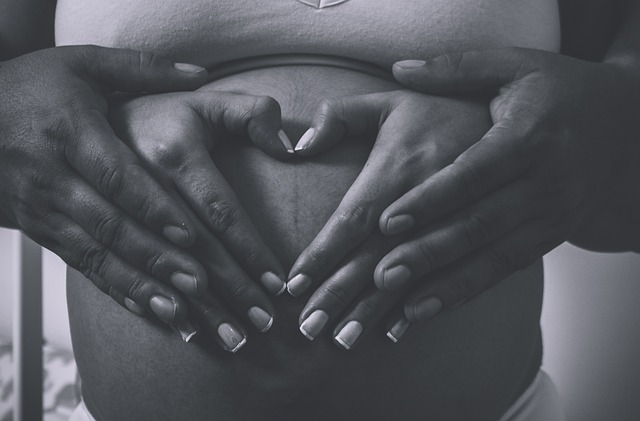When I reflect on my childhood photos from the end of elementary school, I see an awkward girl with gangly limbs, clad in acid-wash jeans and an unfortunate perm. At 10 and 11 years old, I was taller than most of my peers due to early puberty, a fact that I thought was a blessing at the time. However, I often compensated for my developing figure by wearing oversized T-shirts and sweaters, desperately trying to conceal what I believed was an unwelcome transformation. It was during this time that I unknowingly began to internalize feelings of shame about my body, thinking it was too large and curvy.
Fast forward to today: as I approach 40, I’m relieved to find that my perspective has shifted dramatically. While I can’t identify the exact moment my relationship with my body changed, I can say it has transformed positively over the last five years. Perhaps age has something to do with it or maybe it’s the newfound attitude of self-acceptance I’ve cultivated. Regardless, I’m grateful to finally feel at ease in my own skin, liberated from the need to hide.
Like many women, I experienced significant fluctuations in weight during my teens and twenties. My body is naturally curvy, with prominent breasts and wide hips, but I fell victim to the societal pressures that suggest we should conform to narrow definitions of beauty. I was too afraid to engage in drastic measures but struggled with an unhealthy relationship with food for years. There were periods when I barely ate, only to swing to the opposite extreme, consuming everything in sight. This cycle left me feeling drained and miserable.
My journey took a pivotal turn at 28 when I became pregnant with my first child, gaining 40 pounds during pregnancy. After giving birth to a 7-pound baby, I was surprised to find that I still had 25 extra pounds to shed, making it the heaviest I had ever been. It took considerable time to lose the weight, and unlike some mothers, I didn’t experience weight loss during breastfeeding. I learned that I needed energy to care for my child, which prioritized my well-being over societal expectations.
Motherhood marked a significant change in how I viewed my body. I began to understand that my curves served a purpose: nurturing my children. I developed pride in my body, recognizing its function rather than fixating on its appearance. The shift in focus from myself to my children made it easier to let go of my obsession with attaining an idealized body image.
At 34, following the birth of my second child, I began enjoying food again in a balanced way. I stopped weighing myself obsessively and learned to appreciate my body for what it is. I understand now that my healthy weight is unique to me, and I don’t need to compare myself to others. Though I still have moments of self-doubt regarding my figure, I can acknowledge these feelings without letting them define me.
Reaching this state of body acceptance is not universal, and I’m unsure how I arrived here. Perhaps it’s simply a result of time and life experiences aligning. Whatever the reason, I’m thankful for the liberation that comes from releasing self-criticism. Embracing my body is ultimately about embracing myself, allowing me to occupy space confidently and radiate positivity. My body is beautiful, and so am I.
For those interested in exploring options for family building, this resource is an excellent starting point. If you’re considering home insemination, you might also find value in this article which discusses the couple’s fertility journey. Additionally, don’t miss our post about fertility boosters for a deeper understanding of how to enhance your chances of conception.
In summary, my journey toward body acceptance has been a long and winding road, characterized by both struggle and growth. By shedding the weight of societal expectations, I’ve learned to love and respect my body, allowing me to focus on what truly matters in life.
Keyphrase: Body Acceptance Journey
Tags: [“home insemination kit” “home insemination syringe” “self insemination”]
